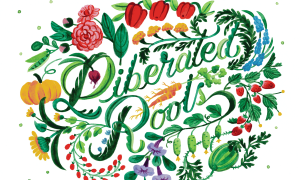article
“Science Serves Everyone”
Supporters of the scientific consensus on the human role in climate change and those who deny this consensus are ramping up their messages these days, causing a serious dilemma for science teachers. How can educators act on this teachable moment?



